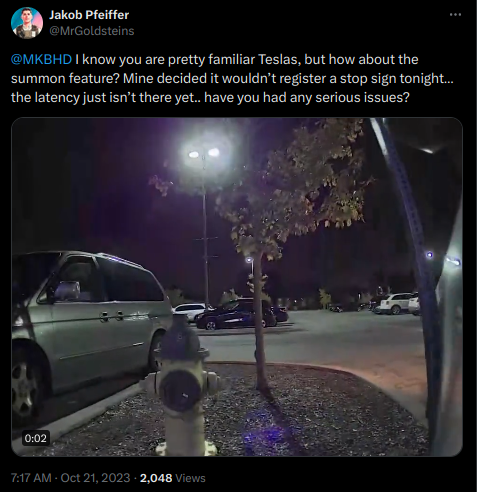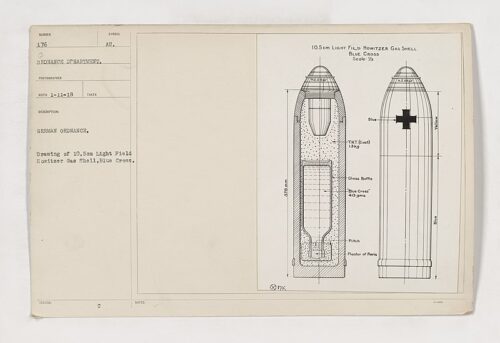It turns out if you buy a new Tesla vehicle, not only will you be miserable from all the quality failures, witnesses also will wonder why you fell for the scam. Nobody is buying, like nobody should be falling into any fraud, and that’s a good thing.
In Nantucket, for example, a Cybertruck immediately became newsworthy for the usual Wankpanzer reasons, driving attention to poor life decisions (unartificial unintelligence). The town paper simply said out loud what everyone was thinking when a Tesla came to town.
The vehicle with Connecticut plates was first spotted by people on Main Street, where it was parked directly on a crosswalk in front of Congdon & Coleman. But that was just the beginning.
A few hours later the truck reappeared, and this time it was stuck in the sand at Eel Point. The spectacle drew a small crowd before the $80,000 (starting price) vehicle was pulled out by the new “I Pull Out Beach Towing” service.
Wearing dirty underpants on your head might be as effective as stepping into a Cybertruck to be seen. Yet some people seem so desperate to proclaim a total absence of any common sense they sign papers with Tesla to start lighting piles of money on fire.
Advanced fee fraud (AFF) is the technical phrase to describe a Tesla purchase, and such things should be treated as criminal.
I mean a bunch of people who invested far too much money already in Tesla’s misleading product promises now desperately are trying to dump their Cybertruck onto the market, even after suffering almost no miles of the nonsense.

Cybertrucks clearly are not selling, despite having a lack of miles on the (alleged faulty) odometer. Only 4,000 reportedly have been made in total, which means more than 100 “used” models sitting without buyers months later is an unmistakable rapid collapse in value.
This is truly a new low for Tesla, as their former models were known to flame out (literally) and end up in junkyards around 10,000 miles. Now they can’t even get their truck up to 2,000 miles before being dumped?
No wonder the car company has been loudly hinting that it doesn’t see any future in its car sales, firing everyone for four weeks already, and begging like an African dictatorship for a Chinese government bailout.
China is said quickly to have agreed to step in, and allegedly will pay Tesla for access to data on owners, as well as for control of Tesla cars as a form of global surveillance (robot spies).
Who in their right mind would pay to be a part of that deal?
If owning or even just operating a Tesla now means you are forced by Elon Musk’s poor life choices into doing the work of the Chinese military, at least he or they should pay you and not the other way around. What are they worth?
Negative value.
A free Tesla still isn’t worth the risk. Don’t let your friends or family near one.





